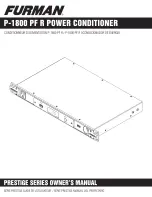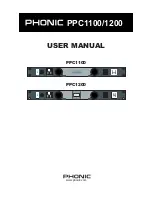
Installation Planning
Ctrl Nr: PM375118-004
23
2.8
Wiring and Connections
2.8.1
Circuit Breaker Rating and Upstream Protection
The STS 2000A has input source and bypass MCCBs that are 100 percent rated for 2000A, the full load
rating of the unit. Consequently the STS 2000A does not itself need upstream circuit breaker protection.
However, customers should provide circuit breaker protection for the input wires to the STS as required
by the NEC.
For additional information, refer to your local codes and the National Electric Code (NEC).
2.8.2
Optional Isolation MCSW
By default there is one isolation MCSW. The customer can specify a second isolation MCSW to provide a
redundant MCSW at time of order.
2.8.1
Power Sources
The two input feeds for the STS should be from separate and independent sources to avoid a common
source failure. The input feeds should nominally be of the same voltage and phase rotation. The input
power wire size should be based on the upstream over current protection device, observing NEC and
local codes.
If the sources are temporarily fed from a common upstream feeder, the unit should be put in bypass until
two separate source feeders are available.
2.8.2
Customer Power Connections
All power wiring and control wiring must comply with NEC and applicable local codes, including power
connections to the input and output buses.
Input power and load cabling connections are through the top or bottom of the unit (Figure 4).
Connections to the input breakers (Source 1 and Source 2) are made directly to the bus work on the back
of the breakers (Figure 8). The bus work has predrilled holes for standard two-hole lugs that have 1¾"
vertical spacing, 2" horizontal spacing, and ½" diameter holes (Figure 9).
Lugs for connection to the bus are provided by others (specifically, by the Installing Contractor) and
should be sized to fit these dimensions.
Warning!
Verify that all input power and control circuits are de-energized and locked
out before making connections to the input bus or other connections inside
the unit.
Only a qualified electrical contractor should install power or control wiring
or torque the connections.
















































